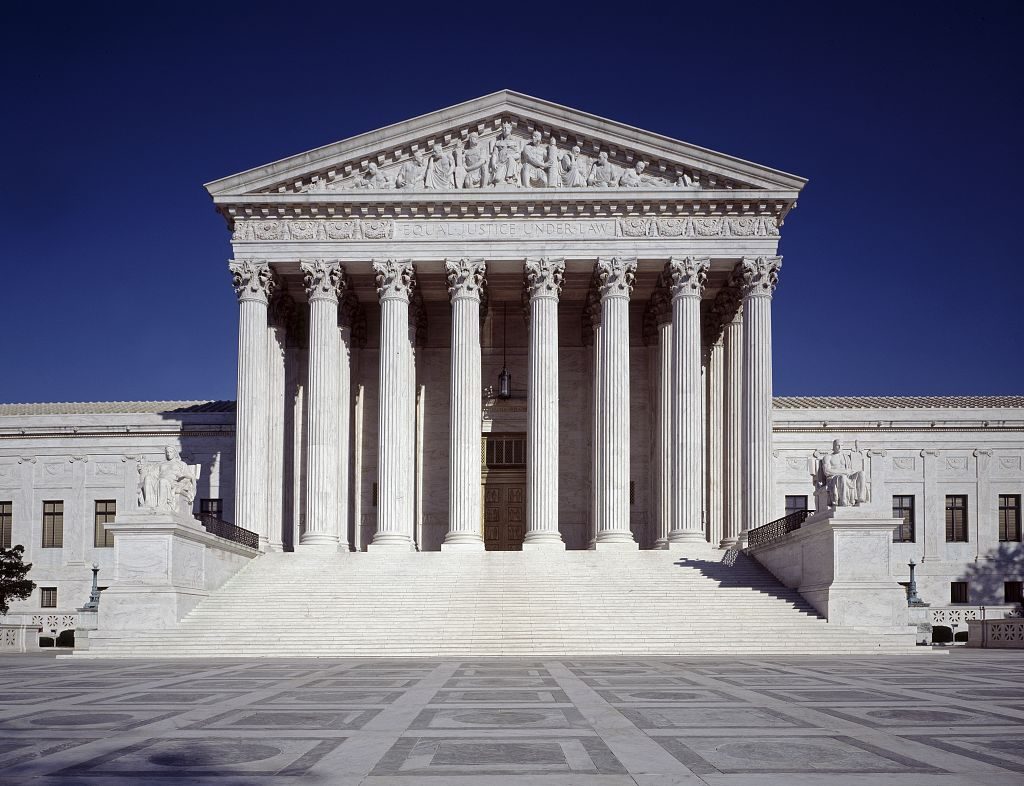Privacy (Embarrassing Private Facts)
Disclosure of private facts about an individual, according to the Restatement (Second) of Torts, can give rise to liability if it involves information that “(a) would be highly offensive to a reasonable person and (b) is not of legitimate concern to the public.” Truth is not a defense to a private facts claim—the plaintiff is in effect saying that the revelation is true but is too intimate to be revealed.
Journalists may have liability for publication of private facts if the revelation:
* Is highly offensive to a reasonable person. Not just offensive, but “highly” offensive, rising to the level of morbid and sensational prying. Highly offensive revelations often involve information about sexual relationships or depictions of intimate encounters; emotional and physical health; decisions involving contraception and procreation; and victimization by a sexual assault.
* Was not previously known beyond a small circle of the plaintiff’s family and close friends. Journalists are generally not held liable if they give further publication to information that is already public. This generally includes previously published or known information, or information contained in court records and other public records such as birth and death certificates.
* Is widely disseminated.
* Is not newsworthy. Newsworthiness is a broad First Amendment defense to a claim for publication of private facts. Courts are most likely to find newsworthiness where the revelation informs the public about an important matter; or where the plaintiff is a public official or public figure and the revelation is in some way related to his or her status or otherwise enhances the public’s understanding of that person’s public role.
Consent to publish is another defense to a private facts claim. However, journalists should reveal their identity and that they may use the information in a story.
Tags

